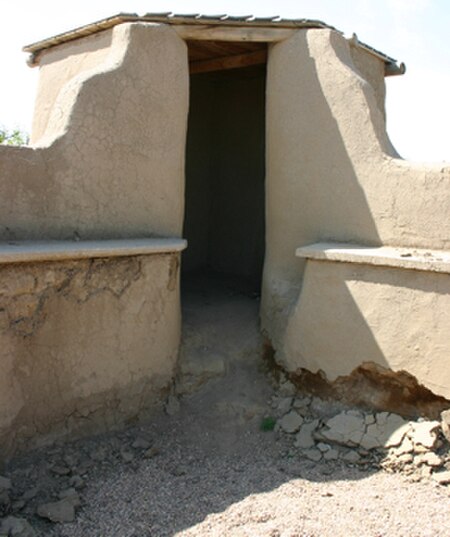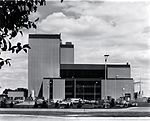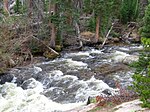Fort Vasquez
1835 establishments in unorganized territory of the United StatesFormer populated places in ColoradoFormer populated places in Weld County, ColoradoForts in ColoradoForts on the National Register of Historic Places in Colorado ... and 8 more
Fur tradeGeography of Weld County, ColoradoHistory ColoradoHistory museums in ColoradoMexican–American War fortsMuseums in Weld County, ColoradoNational Register of Historic Places in Weld County, ColoradoTrading posts in Colorado

Fort Vasquez is a former fur trading post 35 miles (56 km) northeast of Denver, Colorado, United States, founded by Louis Vasquez and Andrew Sublette in 1835. Restored by the Works Progress Administration in the 1930s, it now lies in a rather incongruous position as U.S. Route 85 splits to run either side of the building. History Colorado (then the Colorado Historical Society) took possession of the property in 1958 and runs it as a museum to display exhibits of the fur-trade era.
Excerpt from the Wikipedia article Fort Vasquez (License: CC BY-SA 3.0, Authors, Images).Fort Vasquez
United States Highway 85,
Geographical coordinates (GPS) Address Nearby Places Show on map
Geographical coordinates (GPS)
| Latitude | Longitude |
|---|---|
| N 40.194444444444 ° | E -104.82027777778 ° |
Address
United States Highway 85
United States Highway 85
80620
Colorado, United States
Open on Google Maps






